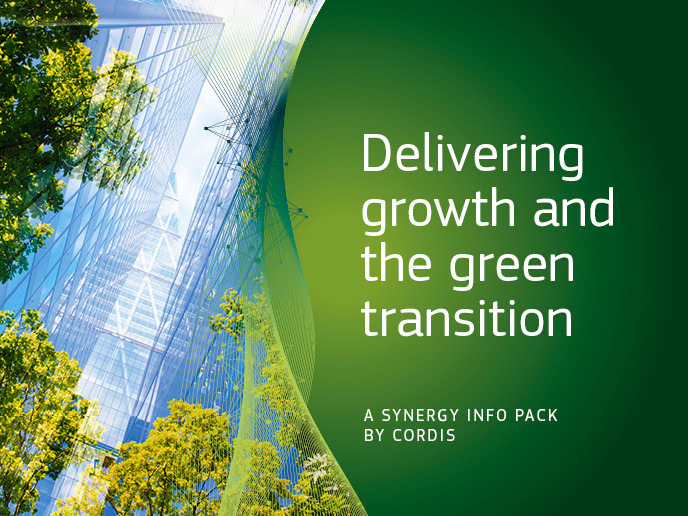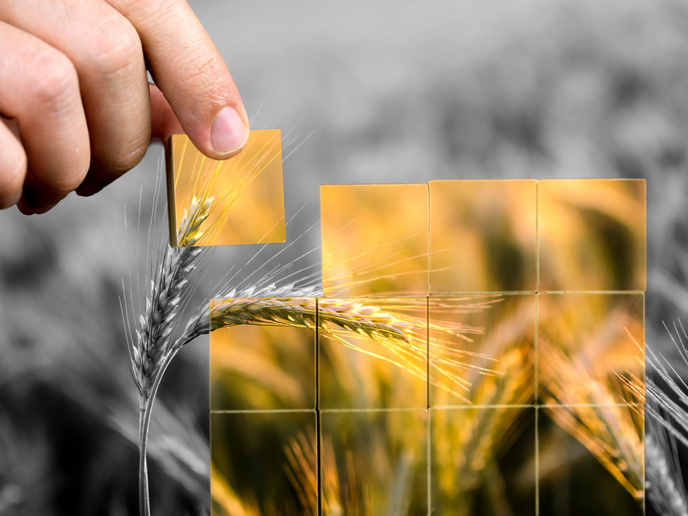Ecosystems help and hinder agriculture
Ecosystems benefit us in many ways, from providing food, water and pollinators to regulating climate and disease. Collectively, these benefits are known as ecosystem services. The contribution of various organisms to ecosystem services is complex, with countless interactions affecting how the system works. For example, natural vegetation near farmland can provide ecosystem services by supporting pollinators and organisms that prey on pests. However, it can also perform a disservice by supporting pest insects. Managing the balance between these costs and benefits is critical. The EU-funded NETWORK (Developing a biological network approach to quantify indirect costs and benefits of natural ecosystems to tropical agriculture) initiative quantified the costs and benefits of natural ecosystems to adjacent farmland under different management conditions. To achieve this, the researchers studied interactions between a mango plantation and its surrounding natural vegetation. After consulting with farmers to identify important pest insects, the researchers gathered year-round data on all parts of the ecological network. This included information on crops, the natural vegetation and pollinating insects, as well as pest insects and their natural enemies. The data that the scientists collected provided a large data set showing indirect links between crops and natural vegetation via insects. To help farmers manage the trade-off between costs and benefits, NETWORK developed models to predict ecosystem effects on crop production. Among other results, they found that numbers of pollinating insects and pests on farmland were dependent on its distance from natural vegetation. This indicates that the services provided by natural vegetation can be managed at the farm level rather than regionally. The scientists also spent time communicating their results directly to the mango farmers they worked with. The farmers' input helped to ensure the study was relevant to real-world farming. Insights such as these into the effect of natural ecosystems on crop production are relevant to global agriculture and will help inform farmers and decision-makers.







